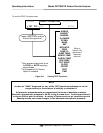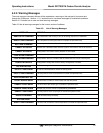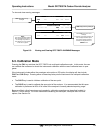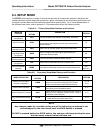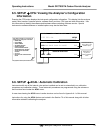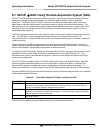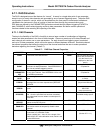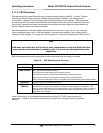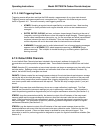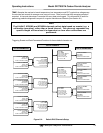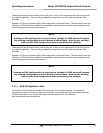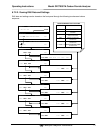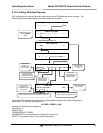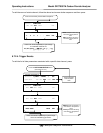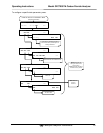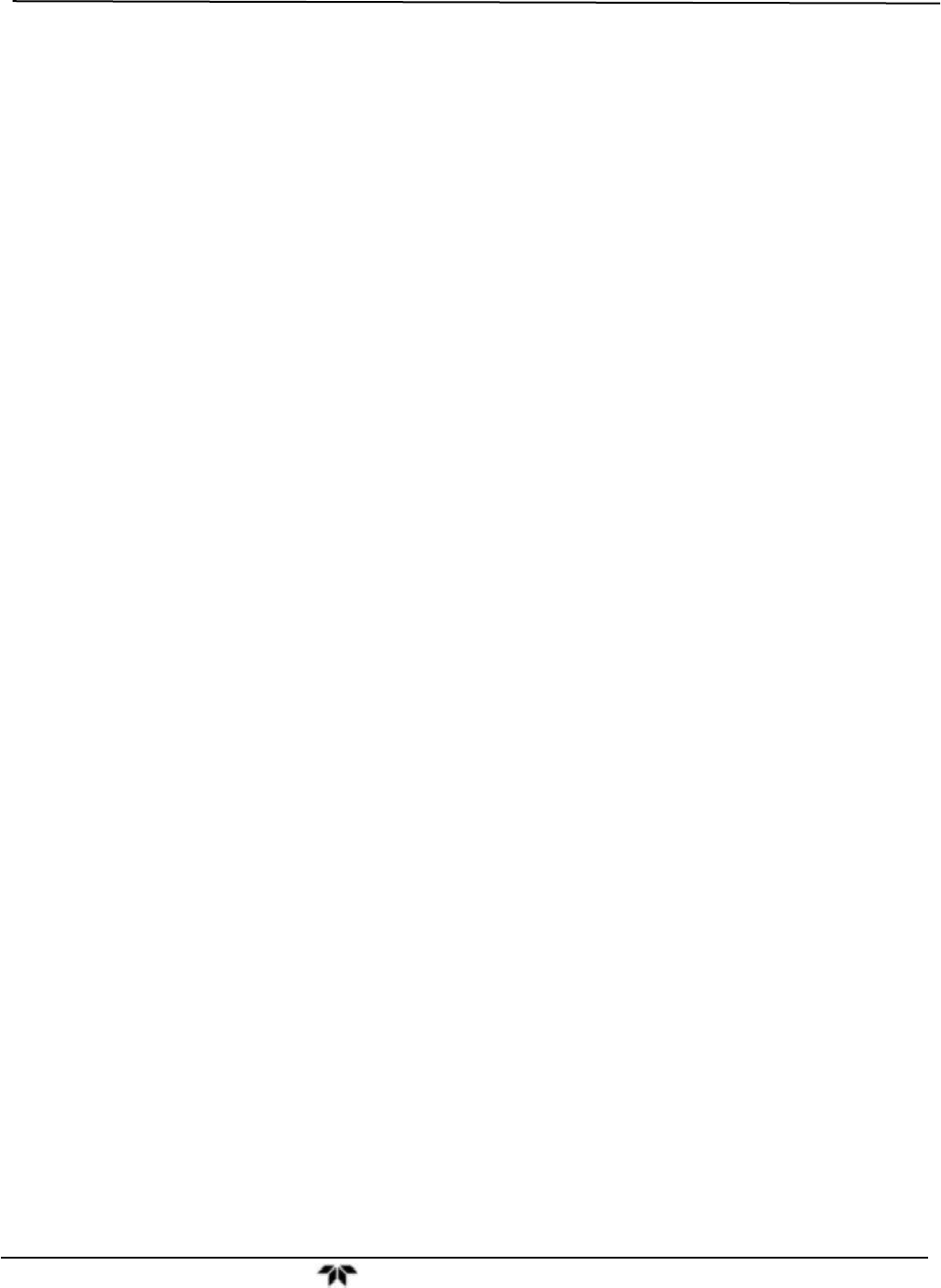
Operating Instructions Model GFC7000TA Carbon Dioxide Analyzer
Teledyne Analytical Instruments 74
6.7.1.3. DAS Triggering Events
Triggering events define when and how the DAS records a measurement of any given data channel.
Triggering events are firmware-specific and a complete list of Triggers for this model analyzer can be
found in Appendix A-5. The most commonly used triggering events are:
ATIMER: Sampling at regular intervals specified by an automatic timer. Most trending
information is usually stored at such regular intervals, which can be instantaneous or
averaged.
EXITZR, EXITSP, SLPCHG (exit zero, exit span, slope change): Sampling at the end of
(irregularly occurring) calibrations or when the response slope changes. These triggering
events create instantaneous data points, e.g., for the new slope and offset (concentration
response) values at the end of a calibration. Zero and slope values are valuable to
monitor response drift and to document when the instrument was calibrated.
WARNINGS: Some data may be useful when stored if one of several warning messages
appears such as WTEMPW (GFC wheel temperature warning) or PPRESW (purge
pressure warning). This is helpful for trouble-shooting by monitoring when a particular
warning occurred.
6.7.2. Default DAS Channels
A set of default Data Channels has been included in the analyzer’s software for logging CO
2
concentration and certain predictive diagnostic data. These default channels include but are not limited
to:
CONC: Samples CO
2
concentration at one minute intervals and stores an average every hour with a time
and date stamp. Readings during calibration and calibration hold off are not included in the data. By
default, the last 800 hourly averages are stored.
PNUMTC: Collects sample flow and sample pressure data at five minute intervals and stores an average
once a day with a time and date stamp. This data is useful for monitoring the condition of the pump and
critical flow orifice (sample flow) and the sample filter (clogging indicated by a drop in sample pressure)
over time to predict when maintenance will be required. The last 360 daily averages (about 1 year) are
stored.
CALDAT: Logs new slope and offset every time a zero or span calibration is performed. This Data
Channel also records the instrument readings just prior to performing a calibration. This information is
useful for performing predictive diagnostics as part of a regular maintenance schedule (See Section 9.1).
STBZRO: Logs the concentration stability, the electronic output of the IR detector of the most recent
measure phase and the measure/reference ratio every time the instrument exits the zero calibration
mode. Data from the last 200 zero calibrations is stored. A time and date stamp is recorded for every
data point logged. This information is useful for performing predictive diagnostics as part of a regular
maintenance schedule (See Section 9.1).
STBSPN: Logs the electronic output of the IR detector of the most recent measure phase and the
measure/reference ratio every time the instrument exits span calibration mode. Data from the last 200
zero calibrations is stored. A time and date stamp is recorded for every data point logged. This
information is useful for performing predictive diagnostics as part of a regular maintenance schedule (See
Section 9.1).



